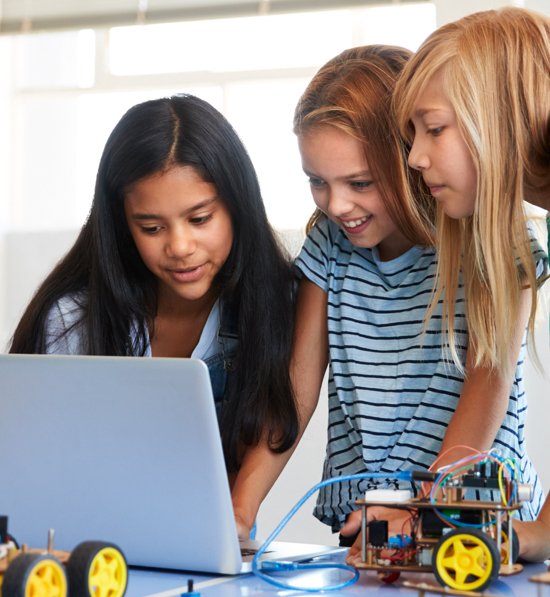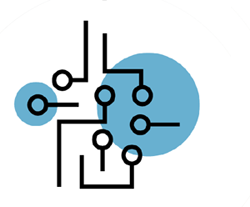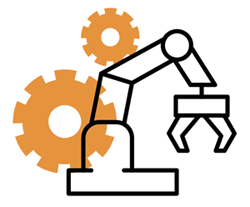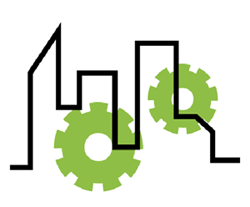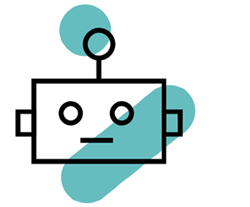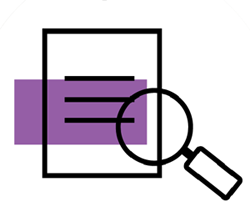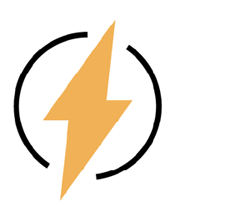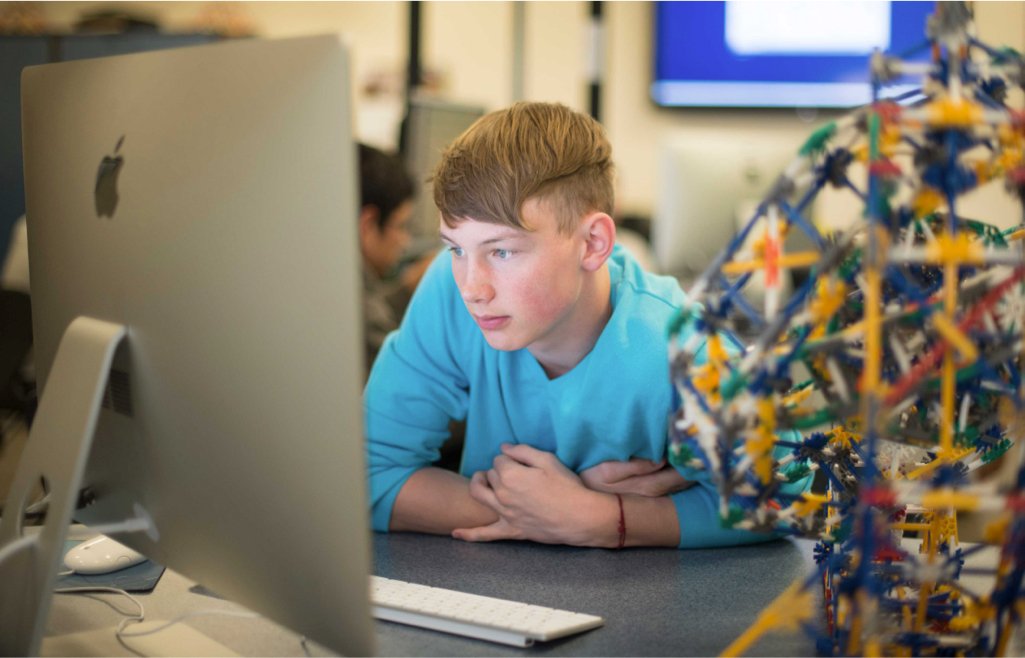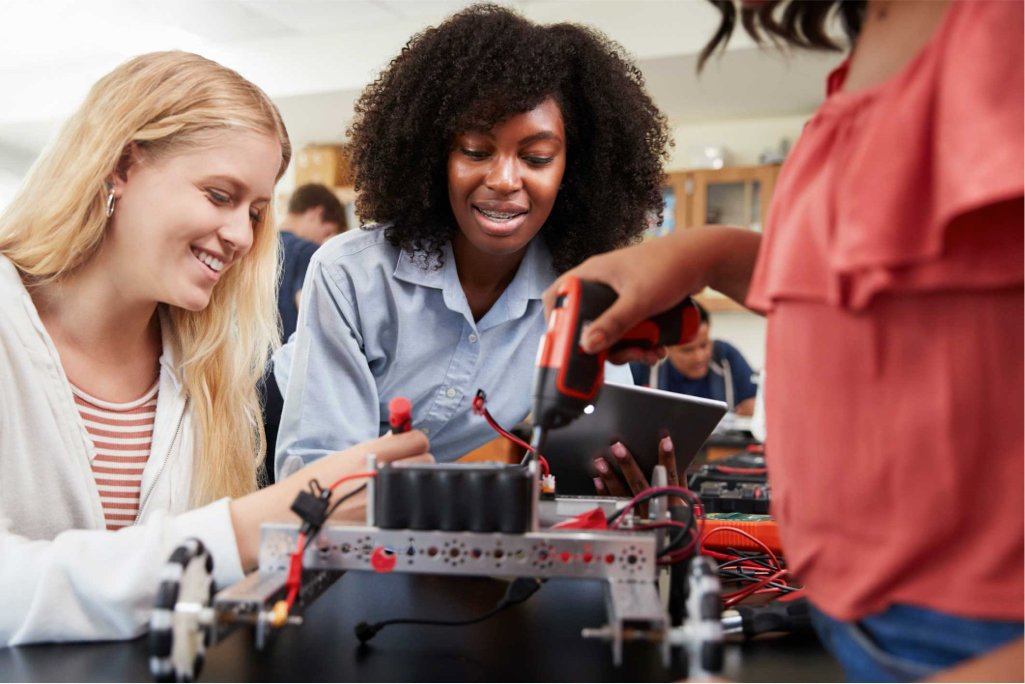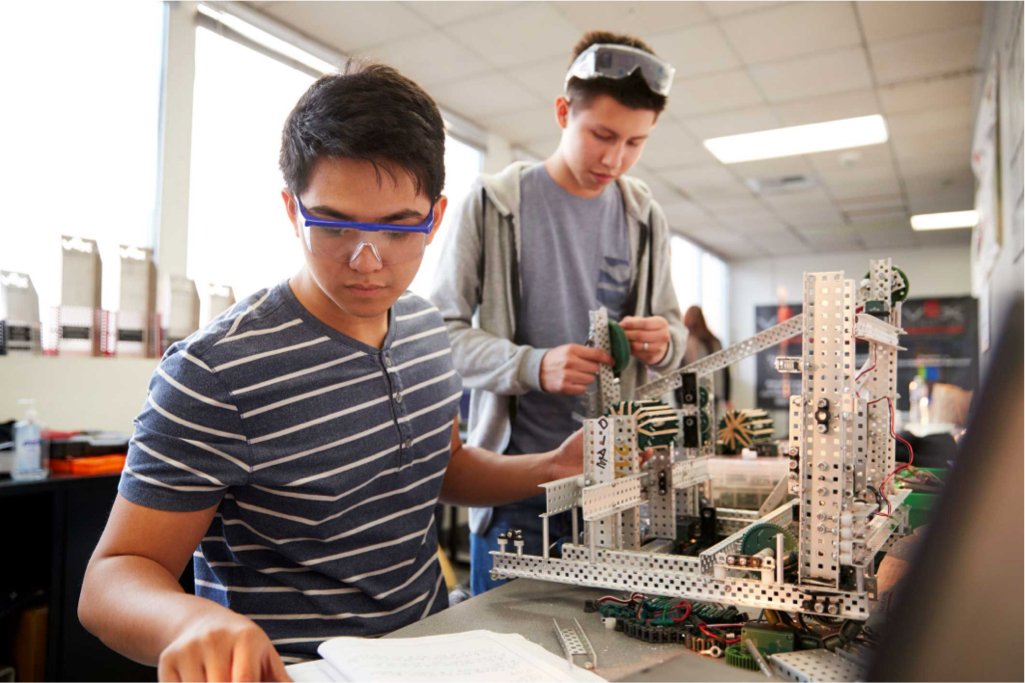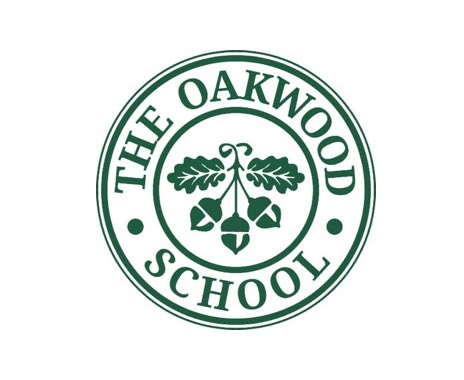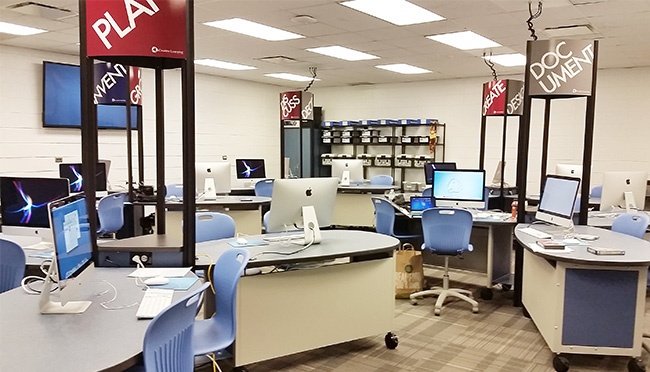“I am more excited about this program than anything I have ever done in curriculum in my 22 years in education. This was the greatest intuitive leap the school district could make—and a wise investment.”
SmartLab HQ for High School
With highly engaging, STEM-focused experiences, high school learners make real-world connections to math and science concepts.

Program Overview
High school students put their learning to work in a SmartLab HQ.
A SmartLab HQ provides high school learners with professional tools and open-ended learning engagements. Students use foundational skills to integrate multiple technologies into one project. For schools keen on offering extended learning through in-depth, semester-long, project-based courses, SmartLab Learning also offers Pathways that include everything from environmental science, to media arts, to advanced physics.
Meet Your Academic Goals
With our research-based, student-led approach to project-based learning, students engage in authentic skill building while connecting to the core math and science concepts they’re learning in class. Your oldest learners take on large-scale projects that extend beyond the school’s walls.
Enjoy a Comprehensive Solution
We can design a SmartLab HQ that fits your academic objectives, class, and room size. Use our readiness checklist to prepare your space, then let our installers fill your room with everything you need to keep your learners engaged in hands-on, minds-on learning.
Prepare Your Educators with PD
Educators receive extensive professional development to help them hone their facilitation skills. Plus, with ongoing instructional coaching and training offerings, educators are prepared to manage the SmartLab HQ with ease.
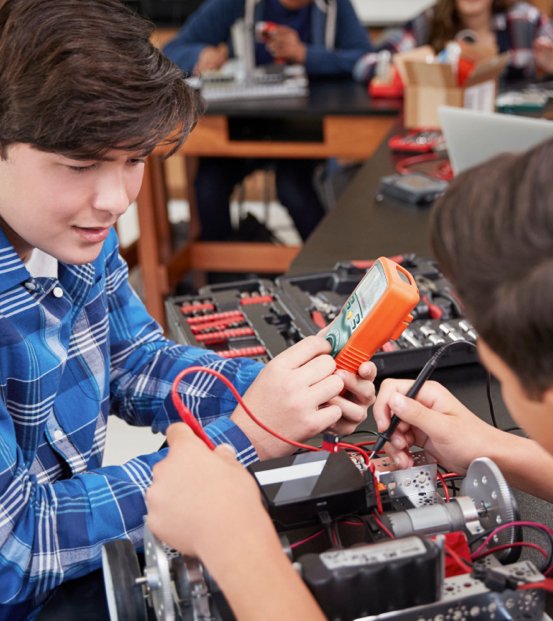
Curriculum & SmartLab Learning Hub
Our student-led, project-based curriculum keeps learners engaged.
The SmartLab Learning Hub—our online platform—comes stocked with our standards-aligned, project-based curriculum. SmartLab curriculum keeps learners engaged while supplementing core math and science instruction. Students can document their learning and growth via their portfolio, while educators can monitor and assess their learners’ progress.
“One of the most powerful words is equity. Not everyone starts in the same place, but the SmartLab HQ gives all of our students a level playing field and a fair shot at opportunity.”
Program Features
What do learners experience in a SmartLab HQ?
Whether their interests lie in digital media, robotics, software engineering, or alternative and renewable energy, high school students can deepen their knowledge in science and math while honing advanced workplace skills like project planning and time management. Project presentations are extensive, individualized, and often utilize advanced digital media and professional tools.
Developing Hopeful, Engaged Students

This paper explores how increasing student autonomy and ownership through authentic learning experiences can contribute to developing hopeful, engaged, lifelong learners. Topics include:
- What are hopefulness and engagement?
- How can educators facilitate engaging learning experiences?
- What is the role of student agency in developing confidence?
why smartlab Learning?
Our programs prepare today’s students to become tomorrow’s leaders.
In addition to helping learners turn complex math and science concepts into real-world activities, SmartLab Learning prepares students for future success. In a SmartLab, students learn to make decisions, solve problems, and manage complex tasks. We equip learners with our SmartLab Learning Process that can be used in life, college, and career. By pairing this framework with engaging STEM-focused learning kits, students are able to experience learning in a safe and supportive space where they practice persevering without fear of failure.
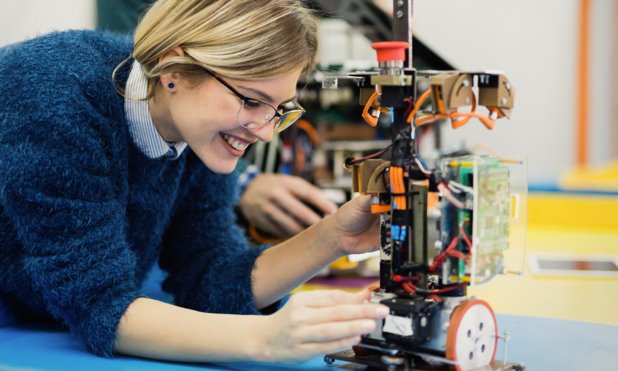
3.5M
Number of STEM jobs
Number of STEM jobs in the U.S. to fill by 2025.
$87K
median annual wage
The median annual wage of STEM careers.
Hear From Our Happy Clients
Frequently Asked Questions
What type of room or space do we need for a SmartLab HQ?
Once we gather information on your existing space(s), our design team will help create a lab that works for your needs.
How much training do you provide?
After installing your SmartLab Learning solution, we provide your team with extensive, high-quality, research-based professional development. This way, you and your team are equipped to manage every aspect of your SmartLab.
What type of funding is available?
We can help you access a wide variety of grant programs that will help fill funding gaps and drive your district’s initiatives forward. Download our interactive funding guide to gain access to a variety of funding opportunities.
Related Articles
Ready to start planning your own SmartLab?
We’re excited to hear from you. Let’s change the way your students engage with math and science–in and outside the classroom.
